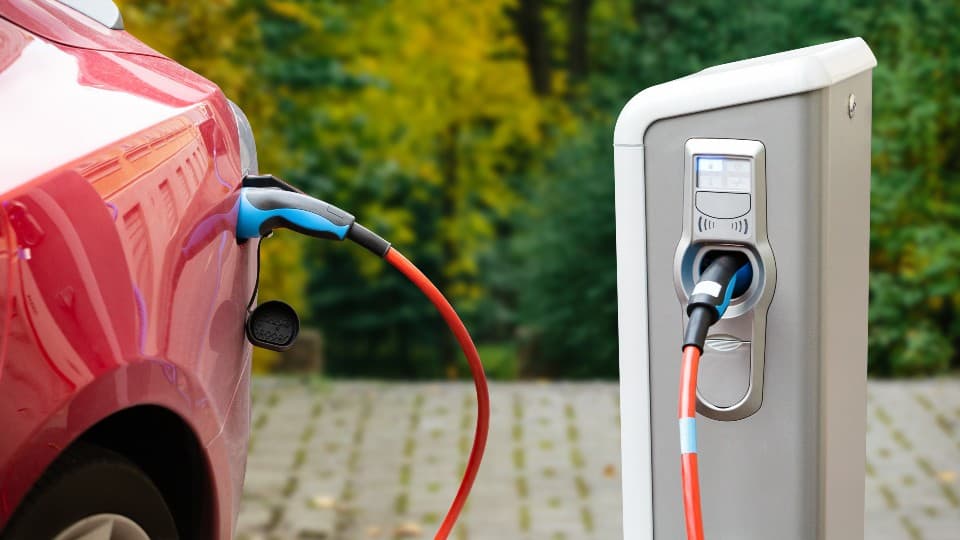The carbon tax has long been the bane of many a Canadian motorist’s existence. At the Federal level, it was 17.6 cents per litre, making it quite costly for Canadians who drive long distances or very frequently. Although consumers got cheques of up to $1,800 per family refunding their carbon taxes, families still bemoaned the levy’s effect on fuel prices.
Those complaints are soon to be a thing of the past, because the carbon tax is no more. Last week, the tax was officially axed, after Mark Carney’s liberals voted to do away with the levy. Provincial governments made similar moves. Now, Canadians will neither pay carbon taxes nor receive carbon tax refunds. It’s a mixed bag, and some Canadians will actually lose net money by ceasing to get the cheques. In this article, I’ll explore the end of the carbon tax and what to do with the money you save from it.
How much you could save
How much money you’ll save from the end of the carbon tax depends on your amount of carbon consumption. You pay the carbon tax when you gas up your car. The more you drive, the more carbon tax you pay.
According to StatCan, the average Canadian drives between 15,000 and 20,000 kilometres per year depending on the year. Let’s just say 17,500 to keep it simple. The Federal Carbon Tax (the one just eliminated) was 17.6 cents per litre before it was phased out. Mileage per litre varies by vehicle; if you take the Toyota Corolla as an average vehicle, it’s 15 kilometres per litre. Based on all of these assumptions, the Federal carbon tax cost the average Canadian $205 last year. On top of that, there were provincial carbon taxes, which are also being cut. For example, the British Columbia carbon tax was $0.17 per litre. British Colombians who fit the assumptions used so far will save an additional $198.67. Total savings for them will be $403.67.
Of course, this all has to be offset against Carbon tax refunds. The Ontario Carbon tax refund for one adult was $140 per quarter, or $560 per year. This means that the Canadian driver described above actually loses money from the end of the Carbon tax. However, if you travel more than average, you may pay indirect carbon taxes via train, bus and plane fares. Also, carbon taxes show up in the prices of many consumer products that get shipped over long distances.
Where to invest your money
If you think you’ll save money because of the end of carbon taxes, you could consider investing the savings in quality Canadian value stocks.
Consider Alimentation Couche-Tard (TSX:ATD) for example. It’s a Canadian gas station chain with many qualities typical of quality investments. It runs the popular Circle K gas station chain, which operates coast to coast, as well as Couche-Tard in Quebec. The company has a history of making prudent acquisitions at sensible prices, and not paying too much of its profit out as dividends. Arguably, the recent attempt to buy out 7-Eleven was a break from the company’s “buying at sensible prices” streak. But with a mere 18.6 P/E ratio in a year when it is growing its sales 9%, ATD is still a compelling value.
Foolish takeaway
Carbon taxes have gotten the axe, and with that comes savings for Canadians who drive and travel a lot. If you get some savings and want to invest them, an investment in dividend stocks like Alimentation Couche-Tard might make sense.

